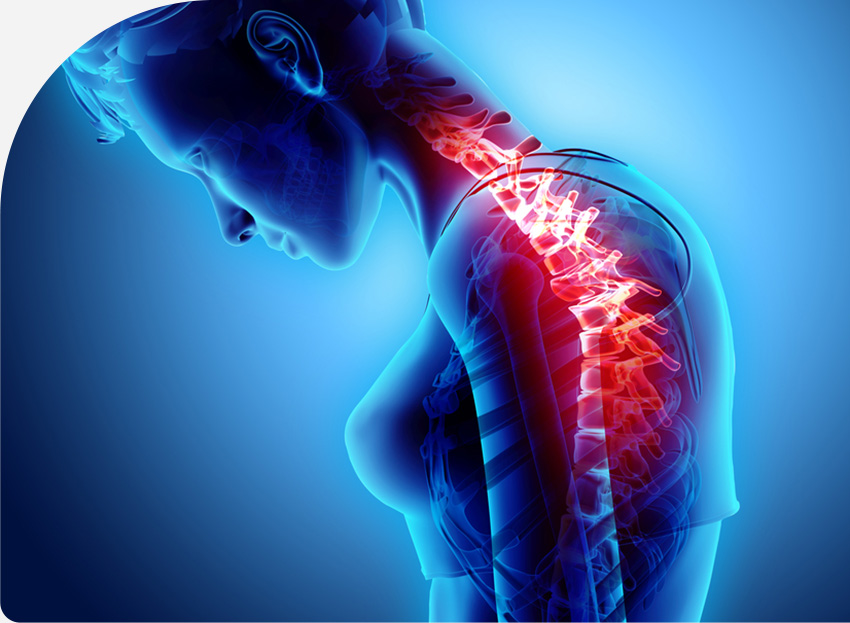Kyphosis is a medical condition characterized by an excessive outward curvature of the spine, which can cause pain and difficulty standing or sitting in a normal position. Surgery is often the recommended treatment for kyphosis, and while there are different surgical techniques available, the goal of each is to correct the spinal curvature and restore a more normal posture. With the right treatment plan, kyphosis treatment can help to reduce pain and improve quality of life. In this article, we’ll explore the different types of kyphosis surgery, the risks and benefits of each, and what to expect during and after the procedure.

Image Source : Google
The three main types of kyphosis surgery are:
1 Vertebral column resection (VCR): This is typically used to treat severe kyphosis in adults. During VCR, the surgeon removes a portion of the affected vertebrae to reduce the curvature of the spine. The procedure is most often performed using a combination of open and minimally-invasive techniques.
2 Vertebral stapling: This is a newer technique that is used to treat mild to moderate kyphosis in children. During the procedure, the surgeon places metal staples into the affected vertebrae to help correct the curvature of the spine.
3 Spinal fusion surgery: This is the most common type of kyphosis surgery, and it involves fusing together two or more vertebrae with metal rods and screws. This helps to maintain the corrected spinal curvature.
The risks and benefits of kyphosis surgery depend on the individual case and the type of surgery being performed. Generally, the risks include bleeding, infection, and nerve damage, while the benefits are improved posture and reduced pain.